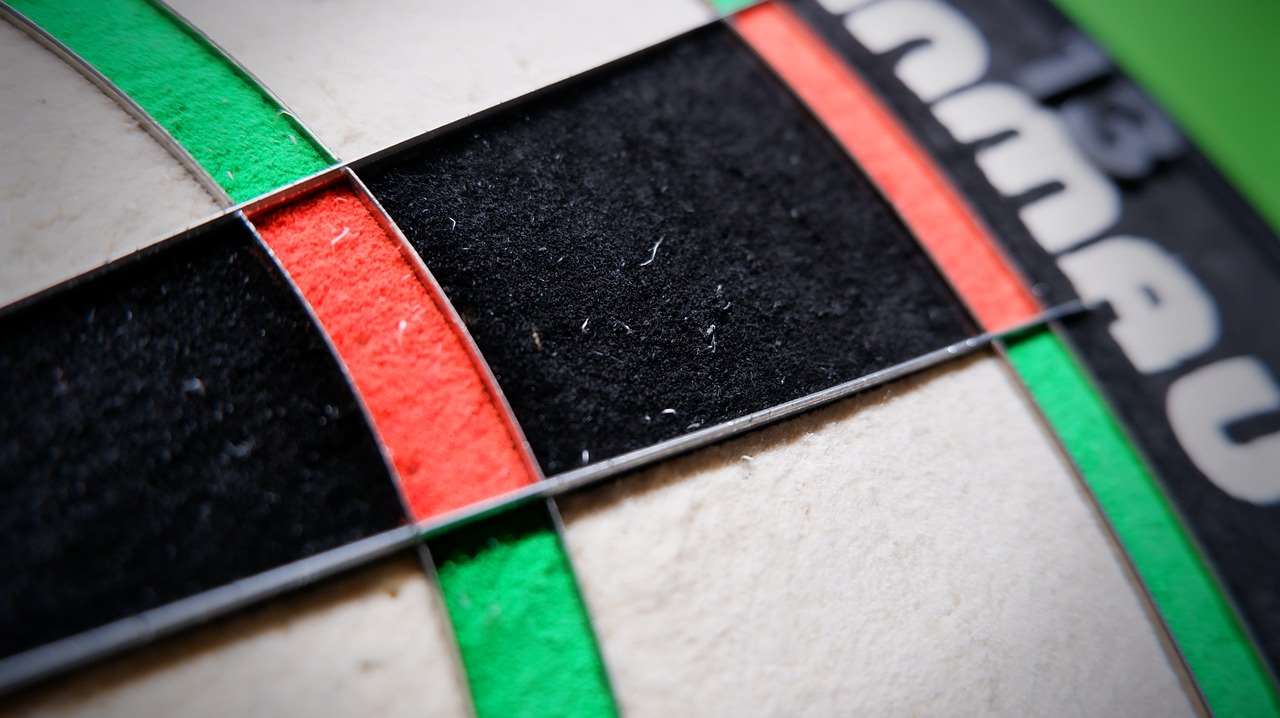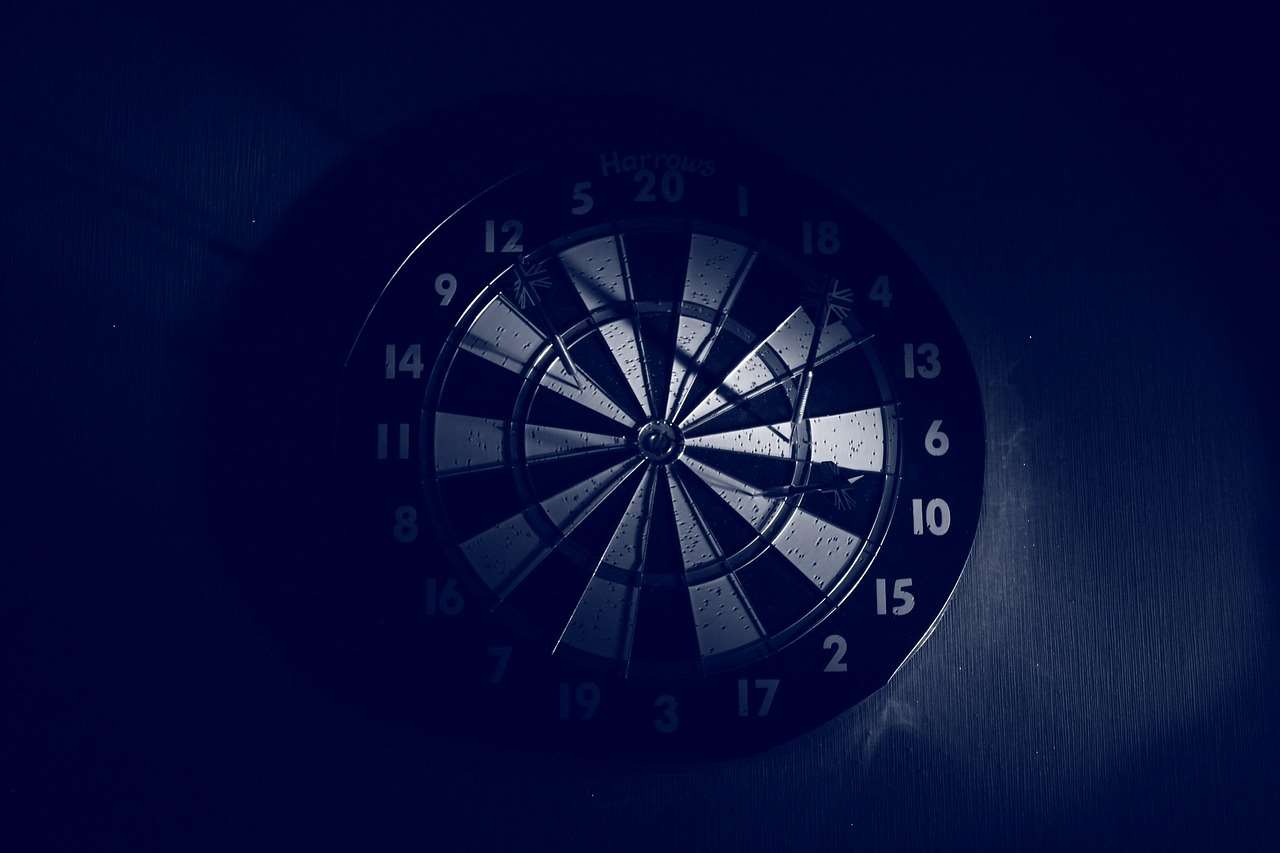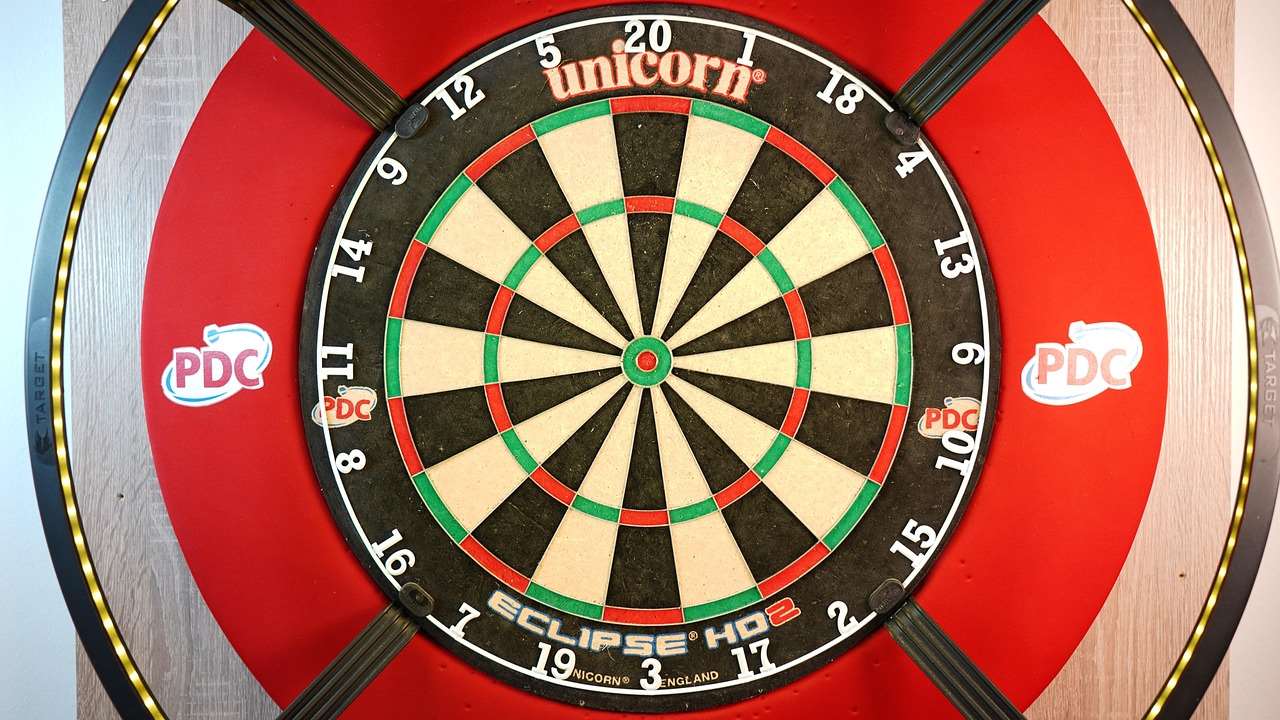Preserving the legacy of darts often means undertaking some form of darts memorabilia restoration techniques to bring cherished items back to their former glory; understanding these techniques is essential for any collector. This article explores various methods for restoring different types of darts memorabilia, from scoreboards to dartboards, and even vintage darts themselves.
⚠️ Still Using Pen & Paper (or a Chalkboard)?! ⚠️
Step into the future! The Dart Counter App handles all the scoring, suggests checkouts, and tracks your stats automatically. It's easier than you think!
Try the Smart Dart Counter App FREE!Ready for an upgrade? Click above!
Understanding Darts Memorabilia Restoration Techniques
Successfully applying darts memorabilia restoration techniques requires a keen eye, a gentle hand, and a deep respect for the item’s history. Before diving into any restoration project, it’s crucial to properly assess the item’s condition and understand the materials involved. Improper techniques can cause irreversible damage, diminishing the item’s value and historical significance.
This section will delve into the core principles of restoring different types of darts memorabilia, ensuring you approach each project with knowledge and caution.

Assessing the Condition of Your Memorabilia
The first step in any restoration project is a thorough assessment. Consider the following:
- Material: Is it wood, metal, paper, or a combination? Different materials require different approaches.
- Damage: Identify all forms of damage, such as cracks, stains, rust, or fading. Document everything with photos before you begin.
- Originality: Determine which parts are original and which might have been replaced. Preserving original elements is crucial for maintaining historical value.
- Stability: Is the item structurally sound? Addressing structural issues is often the first step in the restoration process.
Essential Tools and Materials for Restoration
Having the right tools and materials is paramount. Here are some essentials:
- Cleaning Supplies: Mild soap, soft cloths, cotton swabs, and specialized cleaning solutions for different materials.
- Adhesives: Archival-quality glue for paper and wood, epoxy for metal.
- Fillers: Wood filler, epoxy putty for repairing cracks and chips.
- Abrasives: Fine-grit sandpaper, steel wool for removing rust and smoothing surfaces.
- Finishes: Varnish, lacquer, wax for protecting and enhancing the restored surface.
- Safety Gear: Gloves, eye protection, and a respirator mask when working with chemicals.
Restoring Different Types of Darts Memorabilia
The specific darts memorabilia restoration techniques will vary depending on the type of item you’re working with. Let’s examine some common types and the appropriate restoration methods.
Dartboard Restoration
Dartboards, especially older sisal boards, can accumulate dirt, wear, and damage. Here’s how to approach their restoration:
- Cleaning: Use a soft brush or vacuum to remove loose dirt and debris. For deeper cleaning, lightly dampen a cloth with water and a mild detergent, and gently wipe the surface. Avoid over-wetting the board.
- Wire Repair: Loose or rusty wires can be carefully tightened or replaced. Replacement wires can be sourced from dartboard suppliers.
- Rotation: Regularly rotating the dartboard can even out wear and extend its lifespan.
- Number Ring Restoration: Clean the number ring with a mild cleaner and consider repainting faded numbers with acrylic paint, using stencils for precision.
Restoring Vintage Darts
Vintage darts are highly sought after, and restoring them can significantly increase their value. Follow these darts memorabilia restoration techniques for darts:
- Cleaning: Remove dirt and grime with a soft cloth and mild cleaning solution. For heavily tarnished darts, use a metal polish specifically designed for the metal of the dart (brass, nickel, silver, etc.).
- Shaft Repair: Replace damaged or broken shafts with new ones. Vintage-style shafts can often be found online.
- Flight Replacement: Replace worn or torn flights with reproduction flights that match the original design.
- Point Sharpening: Sharpen the dart points with a dart sharpener to ensure they stick properly in the board.

Scoreboard Restoration
Old scoreboards, whether made of wood or slate, require careful restoration to preserve their historical charm.
- Wooden Scoreboards: Clean the wood with a gentle wood cleaner. Repair any cracks or chips with wood filler, sand smooth, and refinish with varnish or lacquer.
- Slate Scoreboards: Clean the slate with a damp cloth. Repair any cracks with epoxy putty designed for stone. Consider re-chalking the scoreboard with white chalk to enhance readability.
- Lettering: Carefully repaint faded lettering with appropriate paint colors, possibly using stencils.
Advanced Darts Memorabilia Restoration Techniques
Some restoration projects require more advanced skills and techniques. These may involve structural repairs, intricate cleaning, or specialized finishing.
Dealing with Rust and Corrosion
Rust and corrosion are common problems with metal darts memorabilia. Here’s how to address them:
- Mechanical Removal: Use fine-grit sandpaper or steel wool to gently remove surface rust. Be careful not to scratch the underlying metal.
- Chemical Removal: Use a rust remover specifically designed for the type of metal. Follow the manufacturer’s instructions carefully.
- Electrolysis: For heavily rusted items, electrolysis can be an effective method. This involves using an electric current to remove rust from the metal surface.
- Protective Coatings: After removing the rust, apply a protective coating such as a rust-inhibiting primer and paint or a clear lacquer to prevent future corrosion.
Repairing Cracks and Breaks
Cracks and breaks can compromise the structural integrity and appearance of your memorabilia. Proper repair is essential. You might want to start How To Build A Darts Club to display your memorabillia. Here’s how:
- Wood: Use wood glue and clamps to repair cracks and breaks. After the glue has dried, sand the area smooth and apply a matching finish.
- Metal: Use epoxy or welding to repair metal breaks. Welding requires specialized skills and equipment, so it’s best left to professionals.
- Ceramic/Plastic: Use a two-part epoxy adhesive specifically designed for the material. Apply the adhesive carefully, clamp the pieces together, and allow it to cure completely.

Cleaning Delicate Materials
Delicate materials like paper and fabric require special care to avoid damage during cleaning.
- Paper: Use a soft brush to remove loose dust and debris. Avoid using water unless absolutely necessary. If water is needed, use it sparingly and blot the area immediately with a clean cloth. For stubborn stains, consult a professional paper conservator.
- Fabric: Gently vacuum the fabric with a soft brush attachment. For stains, spot-clean with a mild detergent and water, being careful not to over-wet the fabric. Consider dry cleaning for valuable or delicate fabrics.
Preserving Your Restored Darts Memorabilia
Once you’ve restored your darts memorabilia, it’s important to take steps to preserve it for future generations. This includes proper storage, handling, and display techniques. Understanding Darts League Management Tips could also help preserve your legacy!
Proper Storage Techniques
Proper storage is crucial for preventing damage and deterioration. Consider the following:
- Climate Control: Store your memorabilia in a cool, dry place with stable humidity levels. Avoid extreme temperatures and fluctuations in humidity.
- Protection from Light: Exposure to sunlight can cause fading and damage. Store items away from direct sunlight or use UV-protective glass or film.
- Acid-Free Materials: Use acid-free boxes, paper, and folders to prevent yellowing and deterioration.
- Proper Handling: Always handle your memorabilia with clean hands or gloves. Avoid touching the surface unnecessarily.
Displaying Your Collection Safely
When displaying your collection, take steps to protect it from damage and theft. Consider these points as you explore Darts Culture And Community Guide:
- Secure Mounting: Use secure mounting hardware to prevent items from falling.
- Protective Cases: Display delicate items in protective cases to shield them from dust, dirt, and handling.
- Security Measures: Implement security measures such as alarms or surveillance cameras to deter theft.

Regular Maintenance and Inspection
Regular maintenance and inspection can help you identify and address potential problems before they become serious. Here’s what to do:
- Dusting: Dust your memorabilia regularly with a soft cloth to remove surface dirt.
- Inspection: Inspect your collection regularly for signs of damage or deterioration.
- Professional Cleaning: Consider professional cleaning and conservation services for valuable or delicate items.
When to Seek Professional Help
While many darts memorabilia restoration techniques can be performed at home, some projects are best left to professionals. Consider seeking professional help in the following situations:
- Valuable or historically significant items: If you’re working with a valuable or historically significant item, it’s best to consult with a professional conservator to ensure that the restoration is done properly and doesn’t damage the item.
- Extensive damage: If the item is severely damaged, professional restoration may be necessary to restore it to its original condition.
- Lack of experience: If you don’t have experience with restoration techniques, it’s best to seek professional help to avoid making mistakes that could damage the item.
Finding a qualified professional restorer or conservator is crucial. Look for someone with experience in restoring similar types of memorabilia. Check their credentials and references, and ask to see examples of their previous work. Before entrusting your valuable items to anyone, ensure they are reputable and skilled in the necessary darts memorabilia restoration techniques.
Conclusion
Mastering darts memorabilia restoration techniques is a rewarding endeavor that allows you to preserve the history and beauty of these cherished items. By understanding the materials, assessing the condition, and using the appropriate tools and methods, you can successfully restore your memorabilia and protect it for future generations. Remember to prioritize safety and consult professionals when necessary. Remember, the key to preserving the spirit of the game lies in respecting its artifacts. Explore Promoting Local Darts to ensure the game’s lasting legacy. Now, armed with this knowledge, go forth and revitalize your collection, ensuring the legacy of darts continues to inspire for years to come. Consider starting Organizing Local Darts League to share your knowledge with others!

Hi, I’m Dieter, and I created Dartcounter (Dartcounterapp.com). My motivation wasn’t being a darts expert – quite the opposite! When I first started playing, I loved the game but found keeping accurate scores and tracking stats difficult and distracting.
I figured I couldn’t be the only one struggling with this. So, I decided to build a solution: an easy-to-use application that everyone, no matter their experience level, could use to manage scoring effortlessly.
My goal for Dartcounter was simple: let the app handle the numbers – the scoring, the averages, the stats, even checkout suggestions – so players could focus purely on their throw and enjoying the game. It began as a way to solve my own beginner’s problem, and I’m thrilled it has grown into a helpful tool for the wider darts community.